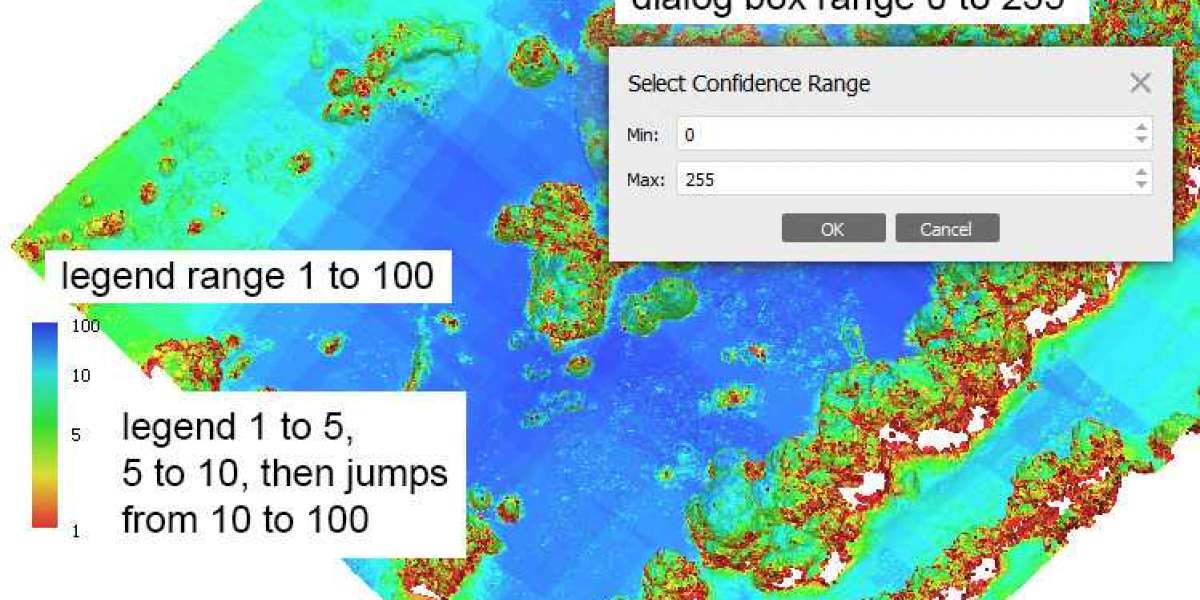Post-obstructive pneumonia (POP) is a distinct form of pneumonia that arises following the obstruction of the airways, leading to inflammation and infection in the lung tissue. This condition is often overlooked in the broader discussion of pneumonia types but is critical to understand due to its unique pathophysiology, symptoms, causes, and treatment strategies. This article aims to provide a thorough overview of POP, highlighting essential aspects for effective management and improved patient outcomes.
Understanding Post-Obstructive Pneumonia
What is Post-Obstructive Pneumonia?
Post obstructive pneumonia causes and treatment refers to a type of pneumonia that develops as a direct consequence of an obstruction in the airways. The obstruction can be caused by various factors, including tumors, foreign bodies, or severe inflammation. This obstruction leads to impaired airflow, which in turn results in localized infections and inflammation in the lung areas that are deprived of adequate ventilation.
Pathophysiology
The pathophysiology of POP involves several key processes:
The initial event in POP is the blockage of an airway. This can be due to a variety of causes, such as a tumor compressing the bronchus, an aspirated object, or severe inflammation from another condition.
The obstruction leads to atelectasis, or the collapse of the lung or a portion of it, due to the lack of air reaching the alveoli.
The stagnant air in the obstructed area becomes a breeding ground for bacteria, leading to infection and inflammation of the lung tissue.
Symptoms of Post-Obstructive Pneumonia
Recognizing the symptoms of POP is crucial for timely diagnosis and management. The symptoms may vary depending on the extent of the obstruction and the underlying cause but generally include:
A cough that does not improve with typical treatments and may produce purulent or blood-streaked sputum.
Common symptoms of infection, indicating the body’s inflammatory response.
Discomfort or pain in the chest area, which may be sharp or dull.
Difficulty breathing, especially if the obstruction significantly affects lung function.
A high-pitched whistling sound during breathing, indicating narrowed airways.
General tiredness and weakness, which can be exacerbated by the body’s effort to fight the infection.
Causes of Post-Obstructive Pneumonia
The causes of airway obstruction leading to POP are diverse. Understanding these causes is vital for targeted treatment. Common causes include:
Lung cancer or other tumors that grow in or near the airways can cause significant obstruction, leading to POP.
Objects accidentally inhaled can obstruct airways, particularly in children or individuals with impaired swallowing reflexes.
Conditions like chronic bronchitis or severe allergic reactions can lead to airway swelling and obstruction.
Narrowing of the bronchial tubes due to scar tissue from previous infections or injuries.
Thick mucus that blocks the airways, often seen in conditions like cystic fibrosis or severe asthma.
Diagnosis of Post-Obstructive Pneumonia
Accurate diagnosis of POP involves a combination of clinical evaluation, imaging studies, and sometimes invasive procedures. Key diagnostic steps include:
A thorough medical history and physical examination, including auscultation of the lungs and assessment of symptoms.
Chest X-rays and computed tomography (CT) scans are crucial in visualizing the extent of airway obstruction and associated lung changes.
An endoscopic procedure to directly visualize the airways and identify the obstruction. It also allows for the collection of samples for microbiological analysis.
To identify the causative pathogens and determine the appropriate antibiotic treatment.
Treatment Strategies for Post-Obstructive Pneumonia
Effective management of POP requires addressing both the underlying cause of the obstruction and the resultant pneumonia. Treatment strategies include:
1. Addressing the Obstruction
If the obstruction is due to a tumor, surgical removal may be necessary. For foreign bodies, endoscopic retrieval is often employed.
In cases of mucous plugging or localized inflammation, bronchoscopy can be used to clear the obstruction and restore airway patency.
For conditions like bronchial stenosis or severe inflammation, medications such as corticosteroids may help reduce swelling and improve airflow.
2. Antibiotic Therapy
Initial treatment often involves broad-spectrum antibiotics to cover a range of potential pathogens. Once cultures are available, therapy can be adjusted based on susceptibility results.
Based on the identified pathogens, specific antibiotics are prescribed to effectively combat the infection.
3. Supportive Care
To ensure adequate oxygenation, particularly if the patient exhibits significant hypoxemia.
Ensuring adequate fluid intake and nutrition to support the body’s healing process.
Exercises and techniques to improve lung function and overall respiratory health.
4. Management of Underlying Conditions
Addressing any underlying conditions contributing to the obstruction is crucial for long-term management. This may involve treating chronic diseases, managing allergic reactions, or addressing other contributing factors.
Conclusion
Post-obstructive pneumonia is a complex condition that arises from airway obstruction, leading to localized pneumonia and inflammation. Effective management requires a comprehensive approach that includes understanding the symptoms, identifying the underlying causes, and implementing targeted treatment strategies. By addressing both the obstruction and the resulting infection, healthcare providers can improve patient outcomes and enhance the quality of life for those affected by this challenging condition. Early diagnosis and intervention are key to managing POP effectively and preventing complications.














